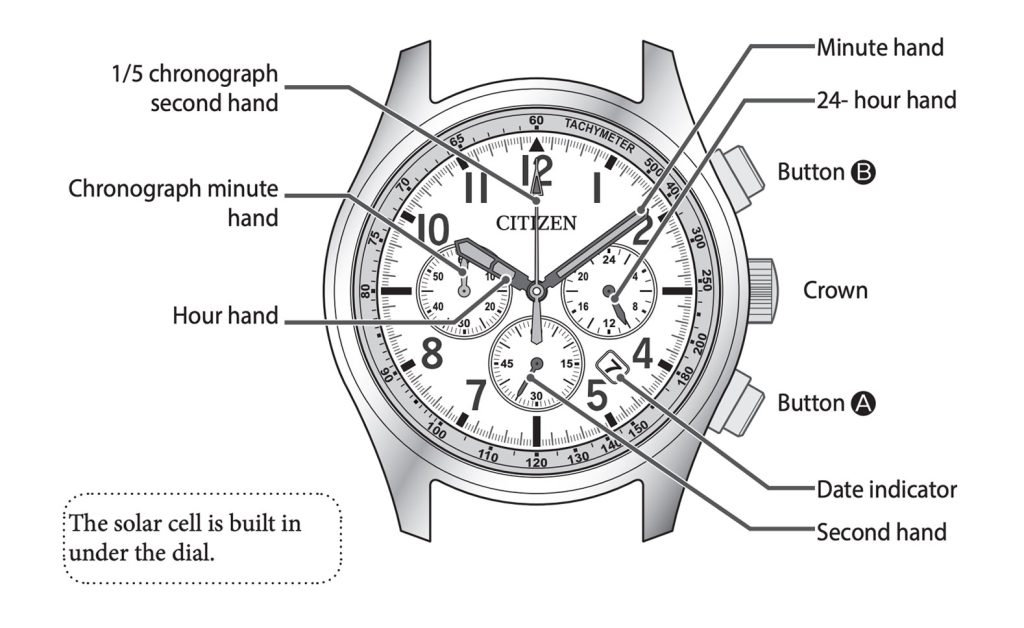Blog Replica Watches
The Chronograph Watch: A Historical and Functional Overview
Chronograph watch are among the most significant inventions in horology, created by Frenchman Nicolas Rieussec in 1821. Initially, the chronograph used a pen to mark a rotating disc, allowing time measurement by observing the length of the arc drawn on the disc. In 1822, Rieussec was granted a patent for this invention. By around 1910, the chronograph function, also known as the stopwatch, first appeared on wristwatches. Since then, chronographs have become popular and are now a fundamental feature in many collections from major watch brands. Let’s explore the details with DWatch Global!
CHRONOGRAPH WATCH AND ITS TIME MEASUREMENT FUNCTION
Methods of Time Measurement with a Chronograph
Chronographs can measure time in various ways. Besides indicating regular time (hours, minutes, seconds, and date), chronographs can perform one or more special time measurements. The dial often features chronograph scales or sub-dials with different ratios depending on the precision of each measurement. The central second hand can be activated (start), stopped (stop), and reset without affecting the continuous timekeeping. The buttons are usually positioned on the right side of the watch case for convenient operation even while wearing the watch.

See more: 99+ highest quality fake Rolex watches on the market
Structure of a Chronograph Watch
A chronograph watch typically comprises a system of gears and hands integrated with the main movement, activated by a lever mechanism. Externally, a chronograph watch usually has three pushers and small scales on the dial:
- Button at 2 o’clock: Starts and stops the measurement.
- Button at 4 o’clock: Resets the measurement.
- Crown at 3 o’clock: Adjusts standard time or winds the watch.
The dial design of a chronograph watch depends on the number of scales, usually 2, 3, or 4 scales in different positions:
- 30 or 60-second scale at 3 o’clock.
- 30 or 60-minute scale at 9 o’clock.
- 12-hour scale at 6 o’clock.
- The central second hand of the chronograph indicates the active function.
Types of Chronograph Watches
Double Chronograph: Features two overlapping second hands to measure two independent events simultaneously. This type often has an additional pusher at 8 or 10 o’clock to reset both hands to zero.
Fly-back Chronograph: Ideal for pilots or race car drivers, this type has two chronograph pushers at 2 and 4 o’clock but can perform all functions (start, stop, reset) with the pusher at 4 o’clock alone.
Monopusher Chronograph: Uses a single pusher (often at 8 or 10 o’clock) to handle all chronograph functions.

See more: 99+ highest quality fake Richard Mille watch on the market
How to Use the Chronograph Function
To use the chronograph function:
- Reset: Press the reset button to set all hands to zero.
- Start: Press the start button at 2 o’clock to begin measurement.
- Stop: Press the start button again to stop the measurement.
- Continue Measurement: Press the start button again if you want to continue the measurement.
- Reset: Once done, press the reset button to return all scales to their initial positions.
Proper use of the chronograph function helps you maximize the utility of your watch and ensures that your crafted timepiece remains accurate and durable.

